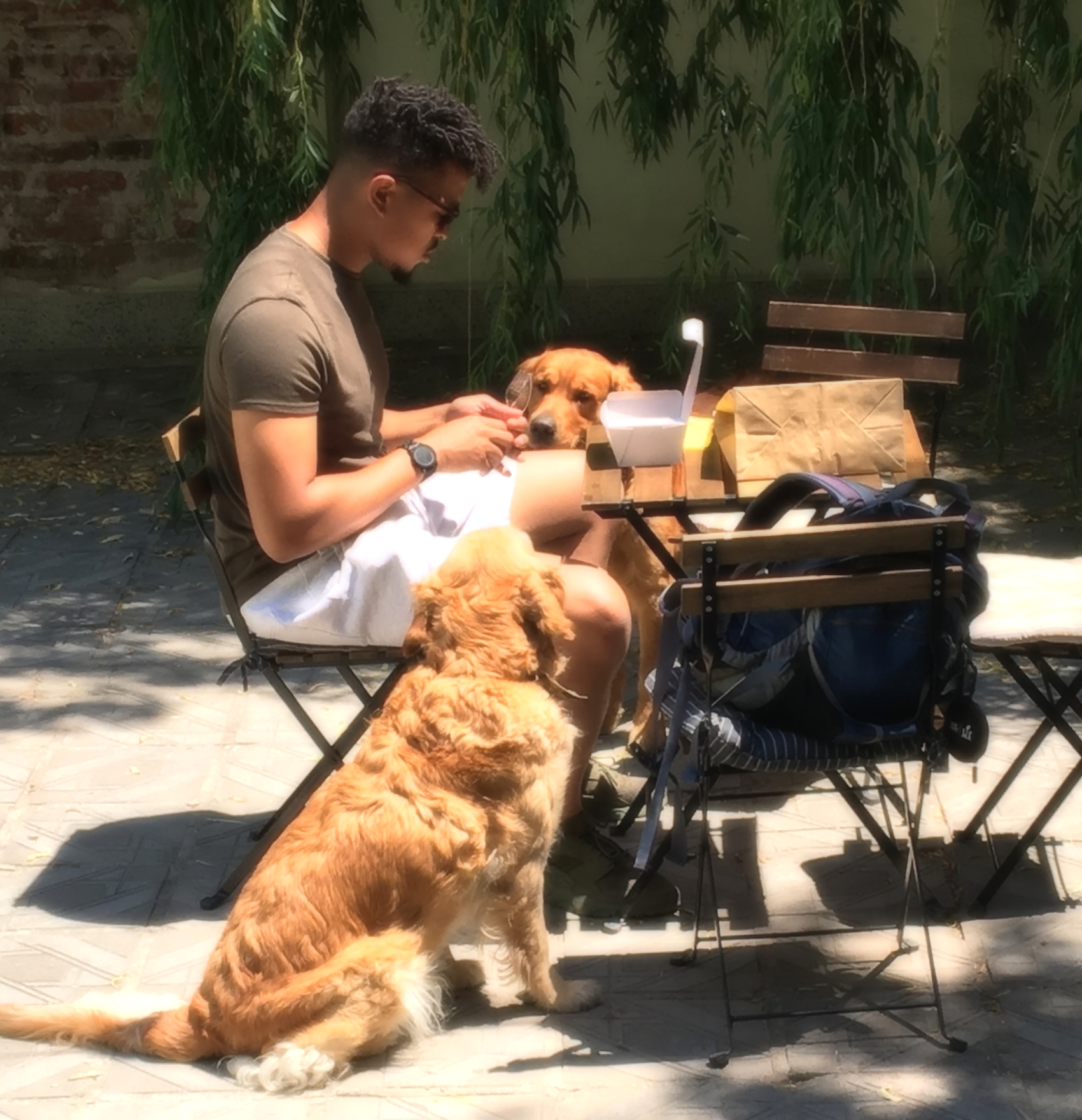Making sense of a new world
“You’ll never understand anything unless you adjust your frame” (Orphan Black)
It’s taken me a while to get this blog going, but not because I didn’t know where to start. I’ve known exactly what the theme of this first post would be since the moment I announced - heart racing - what I was planning to do with 2017. When I told of my plans, pretty quickly every conversation took a similar turn:
‘Wow, you’re going travelling for a year… I’m so jealous!’
‘You’re going on massive holiday…’
‘Will you be getting a job in each place?’
Um… not exactly, no…
To be specific, I’m living in a different city each month for a year, but continuing my work as if I was still based in London (kind of); a lifestyle that’s been neatly coined ‘Digital Nomadism’. It’s true; I am officially a digital nomad. I’ll be working, yes, but it won’t be 9-5. I’ll have an office, but it might not have desks as we know them. I’ll be exploring the world and immersing myself in local cultures, but not in a break-from-life kind of way. Digital Nomadism is a genuine and viable way of mixing up life and work into one big bowl and baking a beautiful marble cake (mash-up) rather than traditionally switching from one to the other.
Wayco co-working space
alencia, Spain
No matter how clearly and succinctly I tried to put it to those who enquired, I could tell that most times I misfired. Turns out it’s almost incomprehensible for many, and I realise how condescending that could sound, but I truly don’t mean it that way.
If it comes across as though I’m putting myself on a pedestal to demonstrate to you that I am a pioneer; an innovator; ahead of the crowd, that’s not my intention, although I wouldn’t blame you if that is your impression. It’s merely a timely segue into presenting the idea that our minds have become programmed to work in a certain way in order to understand the world around us… to make sense of it.
Soho Co-working Space
Sofia, Bulgaria
When I started working in the late 90’s this type of lifestyle was unheard of, not least because our access to the internet did not extend much beyond email / browsing and the odd purchase from ASOS. Our desks were fixed, as were our working hours (except when we were expected to do unpaid overtime), we worked on desktops not laptops, and had landlines rather than mobile phones. In all senses of the word, we were ‘attached’ to our carbon-copy offices. Holidays were set to 20 or 25 days a year and booked at least a few months in advance to avoid ever being off at the same time as one of your team members. Perish the thought.
But times they are a-changing. And society as we know it is being forced to evolve. It is now viable for people to travel, work and live in a truly integrated way. And it’s not just a lifestyle that applies to software developers or web designers. No. Our community of 5o digital nomads includes (but is not limited to) product designers, writers, PR consultants, recruiters, graphic designers, film producers, business owners, marketers, social media experts, life coaches, and of course, a generous helping of coders.
We live, travel and work side-by-side, and with all of the logistics taken care of we are able to focus on our work in much the same way as if we were sitting in our homes or offices. In fact, in a lot of ways were are able to be much more productive – but that’s something I want to explore in more detail, later.
Back to the point though – even though I am 5 months in, I still struggle to find the language to use to describe this life and all that comes with it.
At dinner tonight my friend Michelle; a product and packaging designer from Australia, was telling me about a new type of beauty product she had been asked to design by her client and it reminded me of a perfect analogy for this post - and something I have been faced with many times in my work in consumer insight: When presented with a scenario or a set of cultural codes that don’t fit neatly into the binary language we create for ourselves, we struggle to know what to do with them.
A few years back I conducted research for the first 'In-shower body conditioner' for a global health and beauty brand which will remain nameless. It was a product designed to cut the time and hassle of post-shower body-moisturising. One applies the product in the shower after washing, waits a few moments and washes it off. Simple. But because it was a totally new category people just didn't know what to do with it, where to look for it in a shop or how to talk about it. If you put it in the body wash aisle, people used it as a shower gel. If you put it in the body lotion aisle, people used it as a lotion (and forgot to wash it off). So the brand was challenged with educating its target audience on a whole new product category from the bottom, up, in order to make sense of it.
That's kind of how I feel about what I'm doing.


